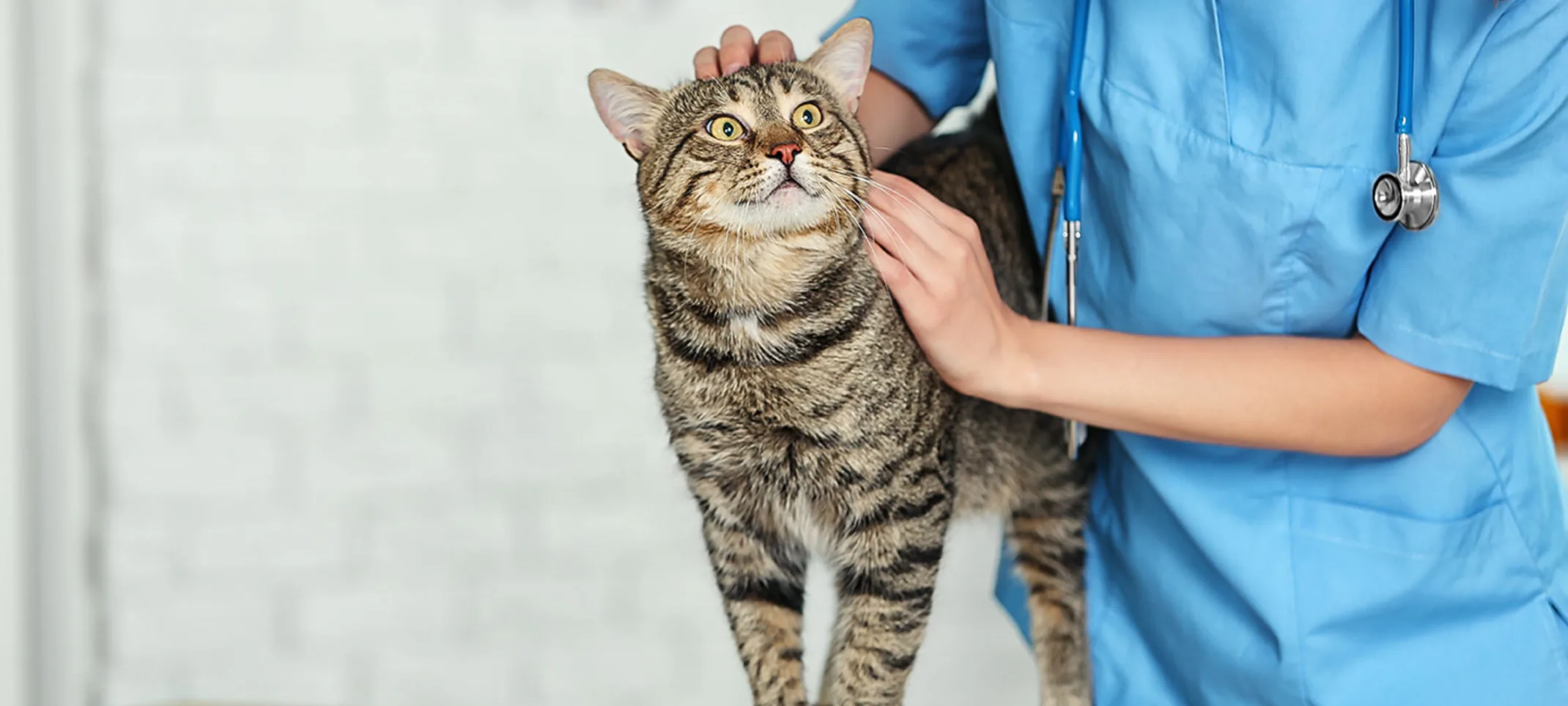A&B Animal Clinic
Radiology
We’re equipped to perform routine radiography services to identify many types of illness or injury when pets are sick or suffer a trauma.

Dallas Veterinary Radiology
Seeing Beyond Your Pet’s Fur
At A&B Animal Clinic, radiology is a powerful tool in our diagnostic arsenal. Radiology helps us better understand what’s going on beneath your pet’s fur. We are able to get a look at their internal systems to help us pinpoint things that could be bothering them that we can’t see with the naked eye. When diagnosing your pet, this is invaluable information that can help your pet get treated faster.
Overview
Radiography, also known as X-rays, is one of the most common and valuable medical diagnostic tools. X-rays are highly useful for screening areas of the body that have contrasting tissue densities, or when evaluating solid tissues.
Why would my pet need X-rays?
If your pet is sick or has suffered a trauma, X-rays provide a minimally invasive tool to help our doctors diagnose your pet. X-rays are also used in general wellness exams to diagnose potential problems before they become serious.
When is X-ray testing appropriate?
We may recommend veterinary X-rays as part of a diagnostic procedure if your pet is experiencing any health conditions or as a preventive measure in a routine senior wellness examination. We use radiology alone or in conjunction with other diagnostic tools depending on the patient’s condition. We’re fully equipped to perform routine radiology services to identify many types of illness or injury when pets are sick or suffer a trauma.
How is X-ray testing used?
X-rays can be used to detect a variety of ailments in animals including arthritis, tumors, bladder and kidney stones, and lung abnormalities such as pneumonia. They are also used to evaluate bone damage, the gastrointestinal tract, respiratory tract, genitourinary system, organ integrity, and even identify foreign objects that may have been ingested. Dental radiographs help distinguish healthy teeth from those that may need to be extracted, and identify any abnormalities beneath the gums including root damage, tumors, and abscesses. In some cases, we may need to sedate your pet or use short-acting general anesthesia.
X-Rays vs. Ultrasounds: What’s the Difference?
X-rays and ultrasounds are two different kinds of radiological imaging. Both methods give us a view into what’s going on inside of your pet that our Dallas veterinarians wouldn’t be able to see with a simple physical exam. X-rays are still images of the dense tissues and solid parts of your pet’s body. Ultrasounds can produce both real time and still images of the soft tissues inside of your pet’s body. Both x-rays and ultrasounds are non-invasive and pain-free! We are also Fear Free Certified to make sure your pet remains comfortable and safe throughout the radiological imaging process.
X-Rays & Your Pet
X-rays use electromagnetic radiation to produce still images of the solid parts of your pet’s body. Traditionally, these images were developed on film, but A&B Animal Clinic uses the latest digital radiological technology to view x-rays on a computer monitor. Because these are still images, we may need to sedate your pet in order to get the clearest picture. Additionally, x-rays will expose your pet to a very small dose of radiation.
X-rays can be used for:
Identifying and monitoring broken bones
Locating foreign objects
Identifying and monitoring tumors
The best subjects for x-rays are the dense or solid parts of your pet’s body. If we believe that your pet is experiencing an issue with their internal organs or a pregnancy, we’ll order an ultrasound.

